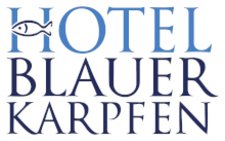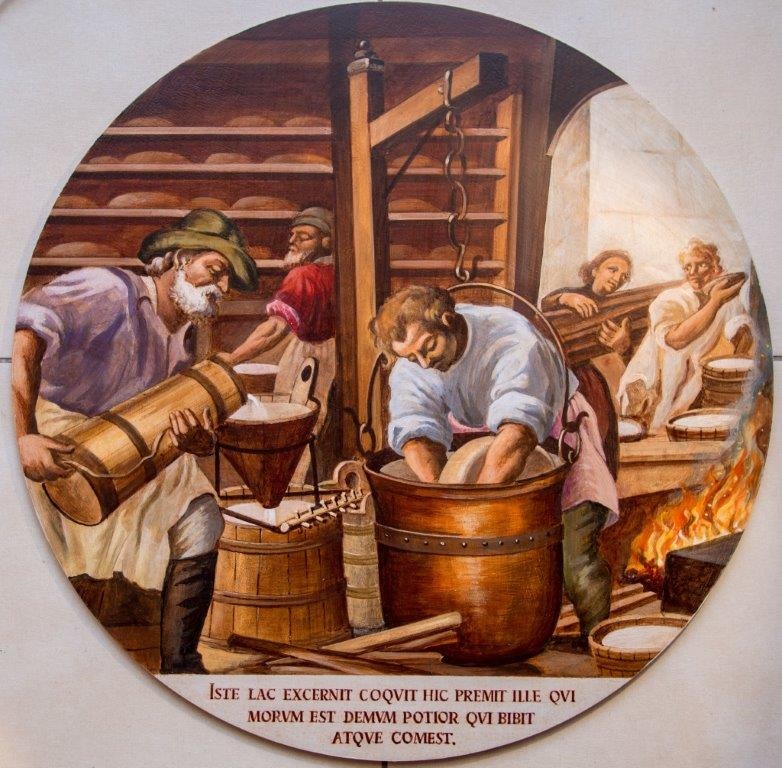The "parmison keeß" from Schleißheim was once as famous as the cheese from Parma, but now the tourism association is serving it up again
Gourmets all over the world usually garnish their pasta dishes with Schleißheim cheese, a flavoursome grated cheese. Schleißheimer is also often sliced thinly over steamed or boiled vegetables. Its nutty and spicy flavour and, above all, its consistency have made it an original trademark in fine cuisine: "The Schleißheimer".
It could have come like this. In the 17th and 18th centuries, Schleißheimer "keeß auf parmasan Art" was at least as well known and praised in this country as the cheese produced in the same peculiar way in the Italian region of Parma. In 1737, a traveller in the service of the Prince-Bishop of Bamberg reported that in Schleißheim "alda den parmison keeß so köstbahr macht als mann nicht besser bekommt kann". As early as 1612, however, Duke Ranuccio I on the other side of the Alps had tied the cheese to his region as "Parmigiano" and linked the name to its origin in the province of Parma in trade contracts. Over the years, "Parmesan" became established as a generic term - and not "Schleißheimer". The European Union has now also placed the term "Parmesan" under protection.
Around 500 years after the start of the cheese dairy in Schleißheim, the tourism association is reviving the tradition and, in cooperation with the "Blauer Karpfen" hotel, is bringing "Schleißheimer Käs" to the shelves. At the "Churbairische Freudenfest" in the castle, the "Parmasan-style cheese" will be presented for the first time, thus "reviving 500 years of shared Bavarian-Italian food culture", as the accompanying brochure on the cheese treat states.
From 1594 onwards, the Bavarian Duke Wilhelm V began to acquire farmsteads, farmsteads and estates around the then-named Schwaige Clainschleißheimb through purchase, exchange and gentle sovereign pressure, and then built a new country estate as the centre in 1597. The generally accepted narrative that the age-weary, pious duke built a retreat for religious contemplation here in seclusion only marginally touches on the historical events. Instead, a model farm was created that united all facets of agriculture at the time under the care of the sovereign. The long wings leading from the Old Palace to the west are still partly true to the original and mark the extent of the ducal estate; the manor house, also built by Wilhelm as the eastern end of the courtyards, was soon removed and his son Maximilan I built his country residence in its place, which is now the Old Palace following its reconstruction after being destroyed by bombing in the Second World War.
According to a report by the Augsburg traveller Philipp Hainhofer from 1611, in the early days of the Schleißheim Schwaig farm, Lord Wilhelm kept "over 100 oxen, 100 cows and calves, 110 sheep, 20 goats and goats, 18 buffalo, 50 pigs, 50 horses in stud, peacocks, Indian, Turkish and Bohemian poultry in 100 pieces". Today's Wilhelmshof also had two mills, a sawmill, a brewery with four beer cellars, a bakehouse and also "two keesgewölber, milchgewölb". According to Hainhofer's account, the dairy cattle were kept "in the wood from St Ignatio to the monastery of St Renati auf der Waid", i.e. in the area between the Bergl and today's Lustheim Castle, on the south-eastern edge of the Berglwald forest. He emphasises that all the cattle were also bred by himself, but "the old ones from Switzerland" had been abolished.
According to Hainhofer, three types of cheese were made in the "keesgewölber" in today's Wilhelmshof: "parmasan-style cheese, Swiss-style cheese and sheep's cheese". However, the difference in value was striking: while the ducal Schwaige sold the Swiss cheese for six kreuzer per pound and the sheep's cheese for five kreuzer, the Schleißheim Parmasan cost 15 kreuzer, three times the price! A day labourer employed at the Schwaige earned 12 kreuzer a day, a day labourer seven kreuzer, so for them the parmasan was not a commodity but a luxury item.
More than 100 years later, during the reign of Wilhelm's great-great-grandson Karl Albrecht, the "parmison keeß" was still being praised by the Bamberg envoy, and another 50 years later, during the reign of Elector Karl Theodor from the Palatinate line of the Wittelsbach dynasty, an eagle travelling through noted: "Near Schleißheim is a Schweitzerey of 180 Schweitzer cows, where quite good cheese is made"; whereby the Schweitzerey was the common name for a cheese dairy and the cows were not necessarily meant by their origin, but rather their use as dairy cattle.
Duke Wilhelm's former "Musterschwaige" later developed into a state estate and, via several detours, the state agricultural college, which is now located in Weihenstephan. However, the special Schleißheim "keeß auf parmasan art" fell into oblivion, just as the brewery in the Schwaighof went out of business.
The new "Schleißheimer Käß" now comes from the Hermanndorfer Landwerkstätten near Glonn in the district of Ebersberg. Master cheesemaker Hermann Stadler uses hay milk from his brother's farm, certified as "100% organic".
The "Schleißheimer Käß" is now sold at the tourist office, at the "Blauer Karpfen" hotel and at "Olivenöl Oeckerath", which also sell it at their stands at the "Schleißheimer Advent" and "Schleißheimer Frühling" festivals.
However, the Schleißheim recipe of "keeß auf parmasan art" from the early 17th century has not yet been completely faithful to the original. Among other things, saffron was added to achieve a more yellowish colour. However, if there is sufficient demand, attempts will be made to recreate the original cheese.
Picture:
In his country palace on the eastern edge of the Schwaighof, Duke Maximilian had the ceilings in the central dining room decorated by Peter Candid around 1620 with motifs from the farm. Around a hundred years later, the frescoes were restored by Jacobo Amigoni, who was working on the construction of the New Palace at the time. These murals were lost due to bomb damage during the Second World War. The painter Klaus Staps has recreated the paintings on the basis of black and white photographs taken before the war. The painting "Cheese Making" hung in the centre of the ducal dining room, showing a worker pouring milk into a wooden vat and another shaping wheels of cheese. The Latin caption "Iste lac excernit coquit hic premit ille qui morum est demum potior qui bibit atque comest" first describes the process, "one cuts milk, one boils, one presses", and then adds a mnemonic: "After all, he who eats and drinks is more moral".



